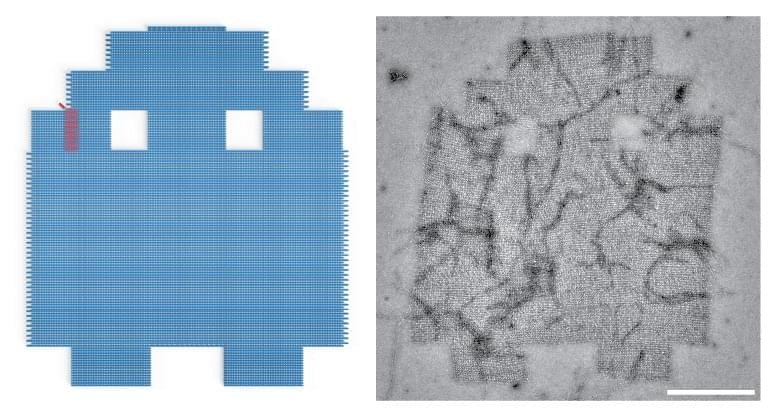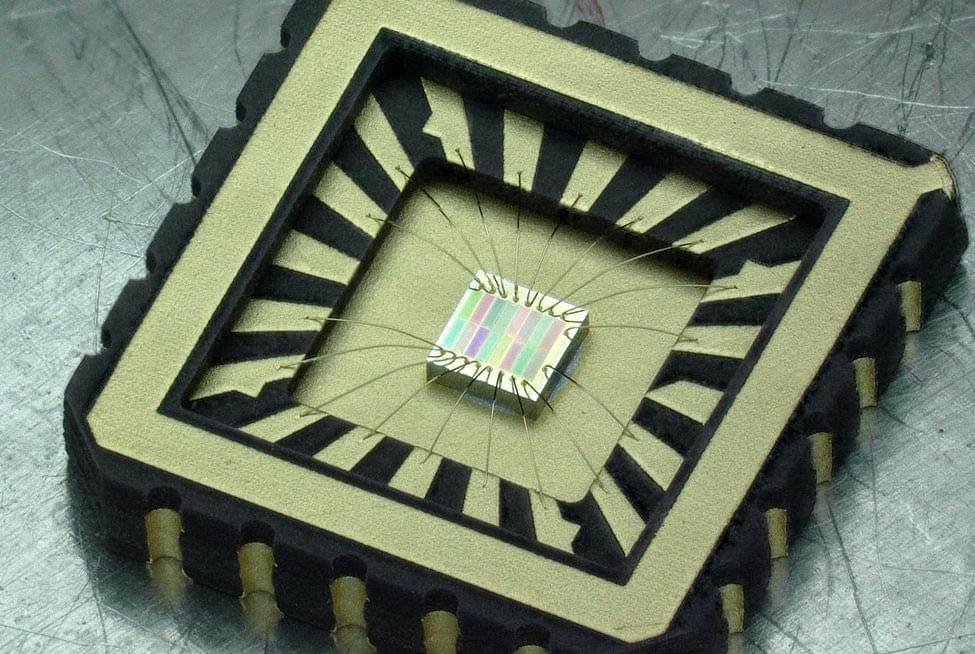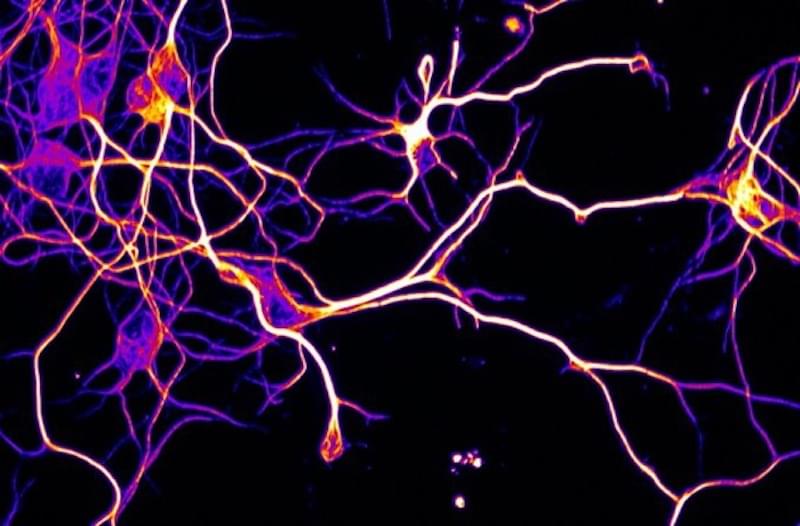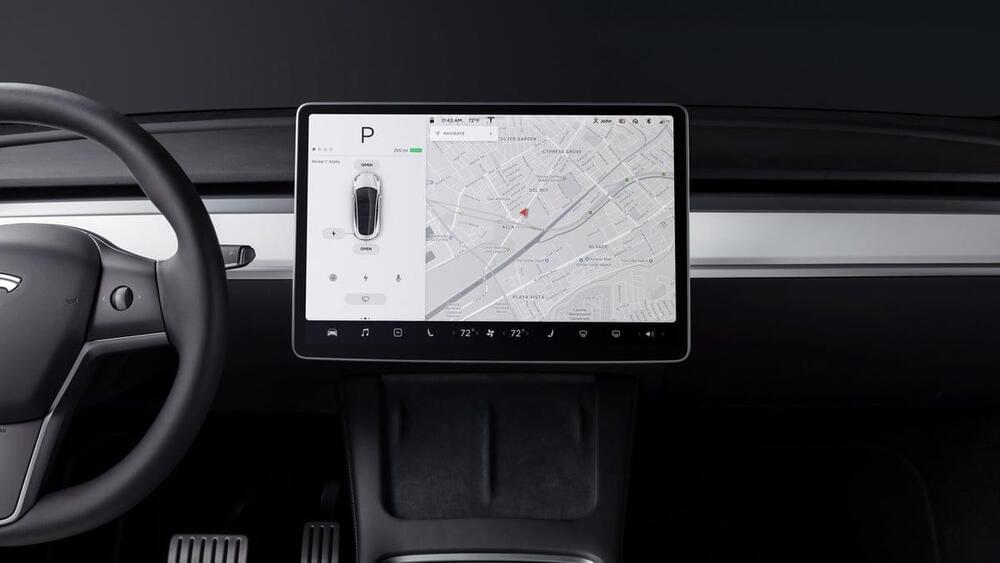Boing Boing.
I don’t entirely understand what this means, but here’s how they explained it in an upcoming scientific paper from the journal of Biology:
Using a library of ~2000 strands [of DNA origami] that can be combinatorially assembled to yield any of ~1e48 distinct DNA origami slats, we realize five-gigadalton structures composed of 1,000 uniquely addressable slats, and periodic structures incorporating 10,000 slats. Thus crisscross growth provides a generalizable route for prototyping and scalable production of devices integrating thousands of unique components that each are sophisticated and molecularly precise.
Okay, so I still don’t totally understand what that means. But I did see this tweet from the lead author on the paper:







